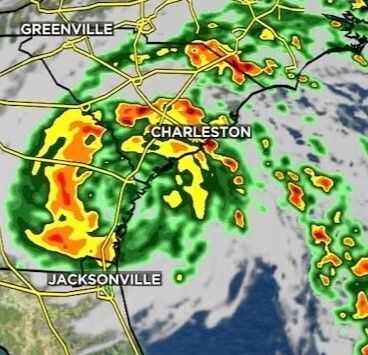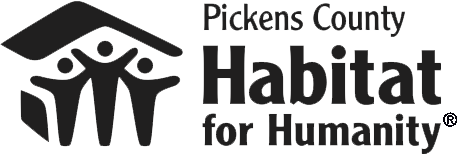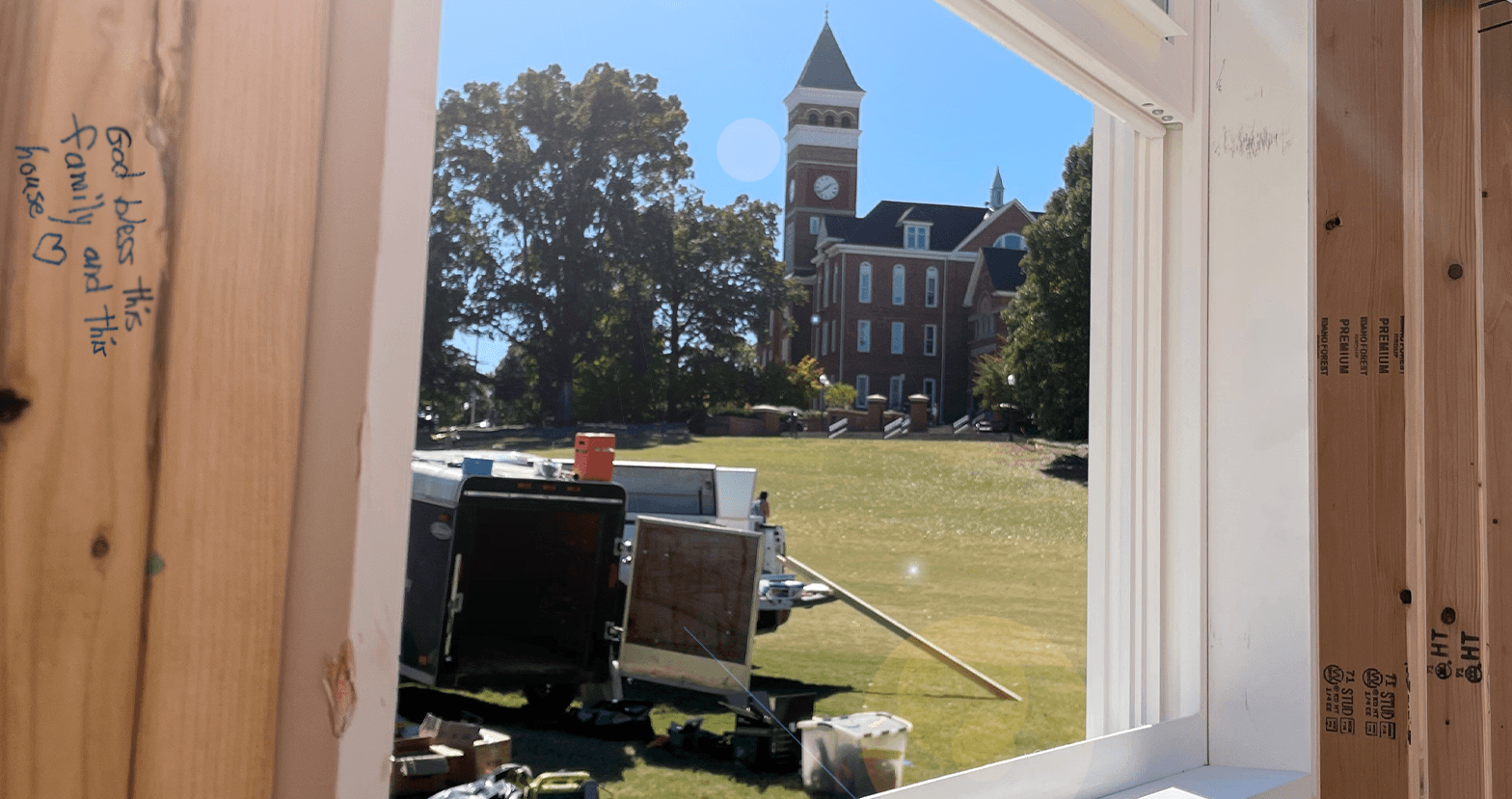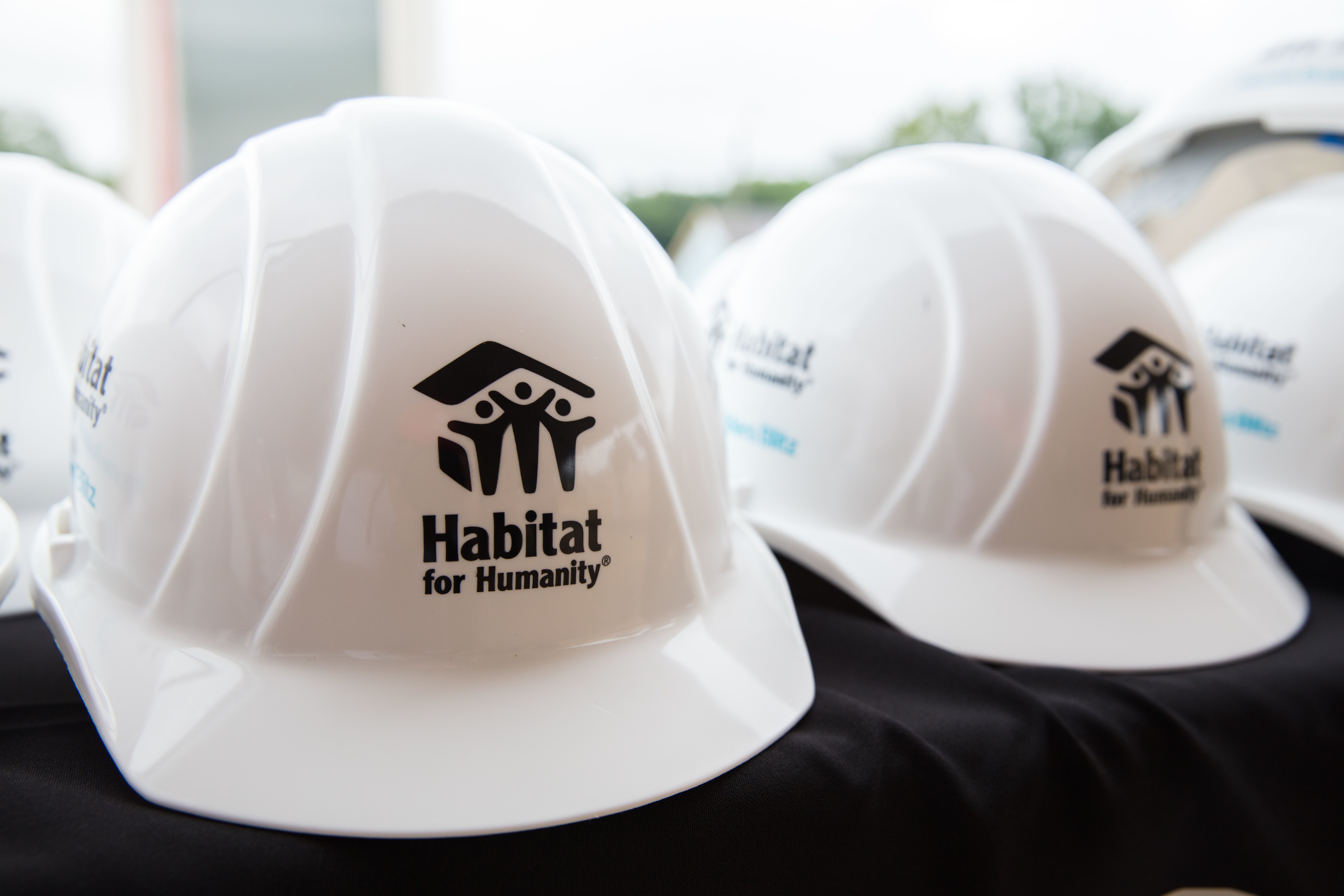
As Hurricane Helene carved its way across an 800-mile stretch of the Southeast, I found myself watching with a familiar sense of dread. This storm, now leaving a path of destruction across multiple state lines, brings back vivid memories of hurricanes past—Andrew, Frances, Michael. Each one taught its own lessons, though I often wonder how much we’ve actually learned.
Here in South Carolina, my home escaped with minor damage—just a few downed trees. Yet, we were without power for a week. That inconvenience pales in comparison to what others have faced in the storm’s wake, but it’s a reminder that even when spared the worst, no one is untouched by these disasters. Reports are already emerging that few homes in Helene’s path had flood insurance, a fact that is as troubling as it is predictable. For so many, there will be no easy road to recovery.
A Familiar Story of Vulnerability
Hurricane Helene’s aftermath follows a pattern I know all too well. As a native Floridian and someone who has worked on disaster recovery efforts through Habitat for Humanity, I’ve seen how the social and economic fabric of a region can be torn apart as quickly as the winds pull down rooftops. Growing up, I lived through nearly every major storm that battered the state, from Hurricane Andrew in 1992 to Hurricane Michael in 2018, and countless tropical storms in between. Each storm was different, but the destruction left behind was often the same—devastated homes, uprooted lives, and communities struggling to recover.
In the days following Hurricane Michael, the reality hit hard: fewer than 40% of homes in the area were covered by flood insurance. The lack of flood insurance during hurricanes is a critical issue because flooding is often the most damaging aspect of these storms. Standard homeowners’ insurance doesn’t cover flood damage, leaving many homeowners without the financial resources to rebuild.
The gaps in preparedness before Michael weren’t just the result of individual oversight; they were symptoms of larger structural issues—poverty, lack of affordable housing, and limited access to resources. Now, with Hurricane Helene, we’re seeing that same story unfold again, this time over a much larger swath of land.
Less than 1% of homes affected by this storm had flood insurance according to a recent Politico article. Think about that for a moment. Most of these homes will never be fully rebuilt, at least not by the people who lived in them. The path to recovery, for so many, will be slow, painful, and uncertain.
Income and Housing: The Structural Divide
Even as I sit in a home spared from the worst of the storm, I can’t help but think of those whose lives have been upended. For many in Helene’s path, like in so many hurricanes before, the struggle will be long and grueling. The homes destroyed were not just physical structures but the tenuous anchor points of people’s lives—people who are often living on fixed incomes, already stretched thin by rising housing costs and stagnant wages.
This isn’t a new story. In my work with Habitat for Humanity, I’ve spoken to so many retirees and people with disabilities who live on as little as $900 a month. When storms like Helene hit, they don’t have the financial cushion to rebuild. FEMA aid might cover a temporary rental, maybe some basic repairs, but for those whose homes are completely destroyed, this is far from enough. Without flood insurance, without savings, without affordable housing to move into, their recovery may never fully happen.
The Inaccessibility of Insurance and Preparedness
What makes Hurricane Helene even more tragic is how preventable much of this devastation could have been. Flood insurance, for example, is rarely an option for low-income homeowners. Policies are expensive, and many simply can’t afford to pay for them. When you’re choosing between food, medication, and insurance, the choice is grim but clear.
Yet, insurance is only one piece of the puzzle. Evacuation, too, is a privilege. For many, especially those living paycheck to paycheck, the cost of leaving—finding transportation, paying for a hotel, feeding your family while you wait out the storm—is prohibitive.
Many businesses remain open until the last-minute during hurricanes, often forcing employees to choose between evacuating for their safety and risking their jobs if they leave early. This dynamic puts workers in a difficult position, where protecting their lives could mean losing their livelihood, further complicating evacuation decisions and adding to the overall economic and emotional toll of the storm.
This has always been the case. In the aftermath of Hurricane Katrina, studies showed that those who stayed behind were overwhelmingly from low-income communities, unable to afford the means to evacuate. It’s the same now, with Hurricane Helene. Many stayed behind not because they were reckless, but because they had no choice. In these moments, the cost of poverty is paid in fear and, too often, in lives.
Navigating the Bureaucracy of Disaster Relief
For those who do survive the storm, the struggle is far from over. The bureaucratic red tape that comes with recovery—applying for FEMA assistance, navigating insurance claims, securing the necessary documentation—can be an overwhelming task, especially for those with limited access to technology or legal resources.
In my time working with Habitat for Humanity in the Florida Panhandle, I saw how difficult it was for residents to get the help they needed after Hurricane Michael. Even those who had insurance often faced lengthy delays, with one in six claims still unresolved a year after the storm. For low-income communities, this process can feel insurmountable. Many of these residents, who are often elderly or living in homes that have been passed down through generations, lack the paperwork required to prove ownership, making it even harder to access government aid.
Hurricane Helene is likely to expose these same challenges. For those that were in its path, the process of recovery is slowed not just by the physical damage but by the maze of legal and financial obstacles that await them.
The Economic Impact of Destroyed Workforce Housing
As the days have passed, we have seen how Hurricane Helene’s destruction of housing impacts the local workforce. When affordable housing is wiped out, it displaces the very people communities rely on to function—first responders, teachers, healthcare workers, and service industry employees. Without a place to live, these workers are forced to leave, and with them goes the ability to sustain essential services. This was a pattern I saw unfold after Hurricane Michael, and it’s one I fear we are seeing with Helene.
The ripple effects of workforce housing loss are felt throughout the economy. Businesses can’t reopen without employees, schools can’t operate without teachers, and hospitals struggle without staff. The willingness to rebuild isn’t the issue—many want to stay and help their communities recover—but without affordable housing, they simply can’t. Now imagine being the parent of three children, your home destroyed, and with no daycare or school to care for them. In the scramble for the few remaining homes, how could you afford to stay, rebuild, and support your family’s recovery? This is the stark reality many families face after every major storm, where the lack of housing and essential services forces them to make impossible choices.
The Mental and Physical Health Toll
Even now, as the news focuses on the property damage and the immediate physical toll of Hurricane Helene, we can’t forget the long-term impact on mental and physical health. Displacement, housing insecurity, and the stress of navigating the recovery process all take their toll. After Hurricane Andrew, after Frances and Jeanne, and after Michael, I saw how communities were left not just physically broken but emotionally drained.
The constant uncertainty—whether it’s waiting for a claim to be resolved, wondering where you’ll live, or simply trying to make it day to day—leads to spikes in anxiety, depression, and post-traumatic stress. Physical health, too, suffers. In the months following a storm, conditions like asthma and respiratory problems rise as people are forced to live in damaged homes filled with mold and other hazards. The long-term health consequences of these storms are often overlooked, but they are every bit as devastating as the initial impact.
The Lessons We Still Haven’t Learned
As I sit here, watching the aftermath of Hurricane Helene unfold, I’m struck by how little has changed. We’ve seen this story before—over and over again. We know who is most vulnerable when a storm hits: the poor, the elderly, the disabled, those living in affordable housing. And yet, year after year, storm after storm, we fail to address the root causes of that vulnerability.
Disaster preparedness and recovery shouldn’t be privileges reserved for the wealthy. As a society, we need to move beyond individual determinism—the idea that everyone has the same ability to prepare for and recover from a storm. It’s simply not true. Until we confront the systemic inequalities that leave so many at risk, we’ll continue to see the same tragic outcomes, whether it’s Helene, Andrew, Michael, or the next storm on the horizon.
Disaster Recovery Resources
- Federal Emergency Management Agency (FEMA). Website: https://www.fema.gov
- Provides disaster survivors with assistance for housing, repairs, and other critical needs. Apply for aid directly through their website or by calling the FEMA Helpline at 1-800-621-FEMA (1-800-621-3362).
- American Red Cross. Website: https://www.redcross.org
- Offers emergency shelter, supplies, and financial assistance to families affected by disasters. Locate shelters and recovery resources through their website or by calling 1-800-RED-CROSS (1-800-733-2767).
- National Flood Insurance Program (NFIP). Website: https://www.floodsmart.gov
- Assists homeowners with claims related to flood damage. Find information about filing claims and available assistance.
- Habitat for Humanity – Disaster Response. Website: https://www.habitat.org/impact/our-work/disaster-response
- Provides support for long-term disaster recovery by helping families rebuild or repair homes. Visit their website to see if your area is receiving assistance or call your local Habitat for Humanity affiliate.
- United Way – 211 Disaster Relief. Website: https://www.211.org
- Offers a free, confidential service connecting people to local disaster recovery resources including shelter, food, and financial aid. Dial 211 from your phone or visit their website to find help near you.
- Disaster Assistance Improvement Program (DAIP). Website: https://www.disasterassistance.gov
- Centralized resource for disaster survivors to apply for federal assistance from FEMA, SBA loans, housing, and other recovery programs.
- Small Business Administration (SBA) Disaster Loans. Website: https://www.sba.gov/funding-programs/disaster-assistance
- Provides low-interest loans to help homeowners, renters, and businesses repair or replace property and assets damaged in a disaster. Apply directly through the website or by calling 1-800-659-2955.
- Catholic Charities USA – Disaster Operations Website. https://www.catholiccharitiesusa.org/what-we-do/disaster-relief/
- Offers financial assistance, food, and housing support for disaster survivors. Services are available to people of all backgrounds and faiths.
- Samaritan’s Purse – U.S. Disaster Relief. Website: https://www.samaritanspurse.org/what-we-do/us-disaster-relief/
- o Provides physical assistance through volunteers helping clean up, repair, and rebuild homes in the aftermath of natural disasters.
- National Voluntary Organizations Active in Disaster (NVOAD). Website: https://www.nvoad.org
- A coalition of organizations that provides services such as shelter, food, and rebuilding assistance during disaster recovery. Visit their website to find local organizations offering support.
References
- Aldrich, D. P. (2006, June 11). Leaving New Orleans: Social stratification, networks, and hurricane evacuation. Social Science Research Council. Retrieved from https://items.ssrc.org/understanding-katrina/leaving-new-orleans-social-stratification-networks-and-hurricane-evacuation/
- Beard, V. A., & Das, S. (2022). Community resilience statistics and disaster recovery. Google Scholar.
- Knowles, S. G., & Garrison, N. (2006). The storm after the storm: New Orleans and the realities of disaster recovery. U.S. Census Bureau.
- NBC News. (2022, April 6). FEMA individual assistance falls short for disaster survivors. Retrieved from https://www.nbcnews.com/news/us-news/fema-individual-assistance-disaster-survivors-rcna19495
- Politico. (2024, October 2). Less than 1% of homes affected by Hurricane Helene had flood insurance. Retrieved from https://www.politico.com/news/2024/10/02/helene-flood-damage-insurance-00181952
- Texas A&M University. (2022, February 10). Disasters can wipe out affordable housing forever unless communities plan ahead. That loss hurts the economy. Retrieved from https://today.tamu.edu/2022/02/10/disasters-can-wipe-out-affordable-housing-forever-unless-communities-plan-ahead-that-loss-hurts-the-economy/
- The Guardian. (2024, October 1). Tennessee plastics factory stayed open during hurricane, risking employees’ safety. Retrieved from https://www.theguardian.com/us-news/2024/oct/01/tennessee-plastics-factory-hurricane


